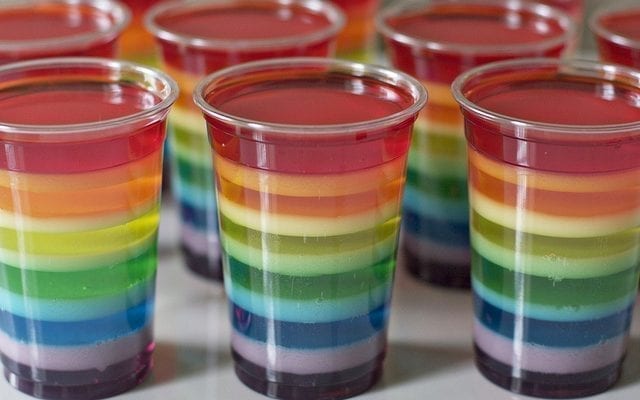
Lifestyle
What’s the deal with Gelatin?
As a kid, eating Jell-O was always the coolest experience. Not only was it tasty, the texture of it was always so magical, you couldn’t help but poke it. Come to think of it, I never once questioned what Jello-O actually was as a kid. I mean, now, I know it’s gelatin, as do most of us. But do you know what gelatin is made from? More than 400 million boxes of Jello are sold every year, so you’d expect most people to actually understand what the stuff is. However, the answer might surprise you.
What is gelatin?
The stuff that makes Jello-O so jiggly is gelatin, and it is derived from collagen. If that sounds familiar, it is, because collagen is the soft protein that connects skin, bones, muscles, and tendons, and we have plenty of it. Collagen is found in a number of beauty products and is even pumped into faces to reduce those pesky wrinkles. This leads us to ask – How does the collagen become gelatin?
Well, to put it lightly, collagen is made from animal parts. After all of the more valuable pieces of a slaughtered pig and cattle are taken, what you have left are the hides, bones, skin, and ears. These parts are then used to make gelatin, and yes, that means they are present in the countless Jell-O shots you took in college, or that Jello-O dish that is always inevitably brought to a family or office potluck.
How is it made?
After an animal is slaughtered, they arrive at a processing plant, and all of the rotting parts are disposed of, while the rest of it is chopped up, washed, degreased, and roasted to completely dry it out. After, the remainder is soaked in an acid solution for several days to get rid of the remaining bacteria. Finally, the gelatin is extracted from the animal parts, sterilized, then pressed into sheets and packaged.
Nutritional value
While this may seem utterly gross to some, there are some clear nutritional benefits afforded by gelatin. Gelatin has two highly beneficial amino acids: glycine and proline. These are great for skin, hair, and nail growth, as well as a solid boost to your joint health. It also can help improve your sleep quality which can result in improved performance of memory recognition tasks throughout the day.
Gelatin alternatives
If you can’t get over knowing where gelatin comes from now, don’t worry! There are plenty of perfectly healthy substitutes that completely plant-based. Agar-agar is a solid substitute for gelatin derived from seaweed, and still contains all of the beneficial amino acids. Pectin is another great substitute that is used for thickening jams and jellies. It is an extract made from apples and other fruits and is vegan-friendly.


0 comments